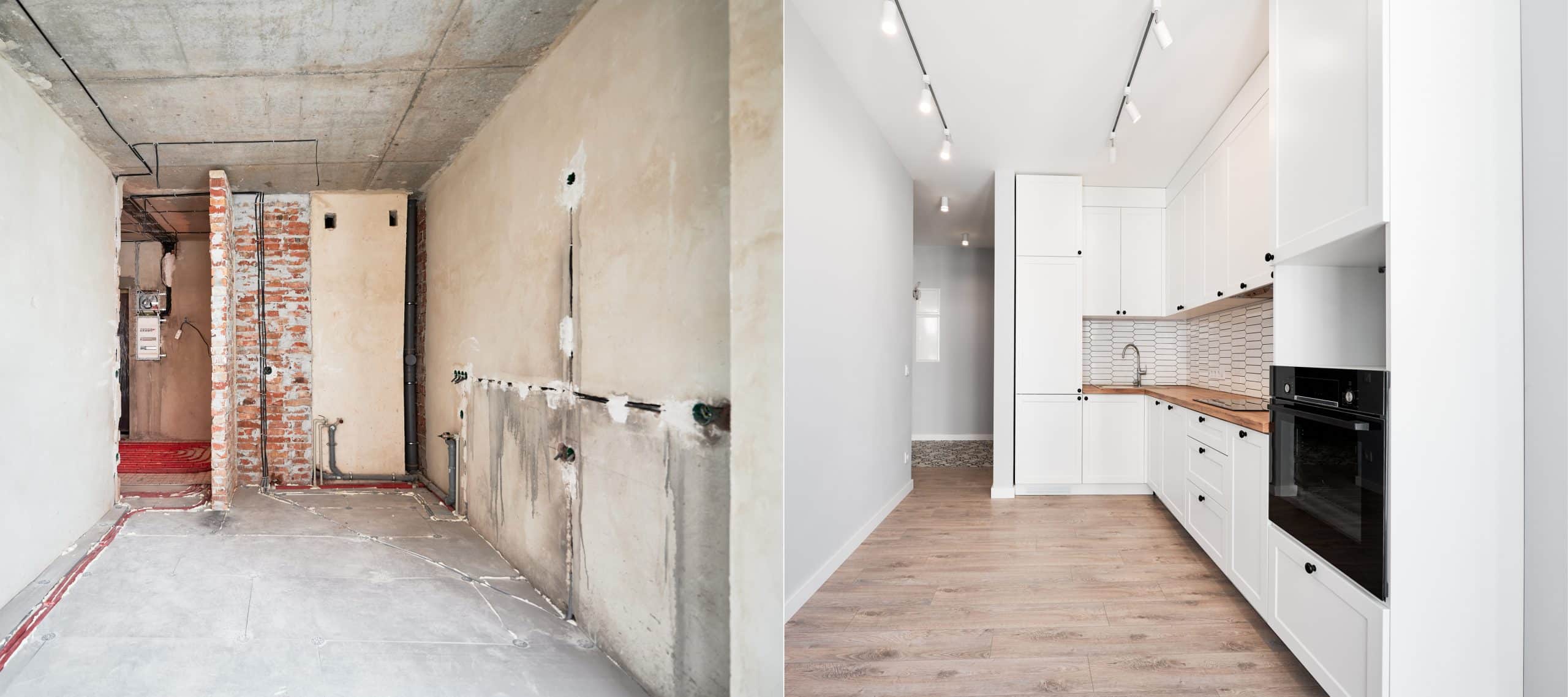How to Adapt Older Residential Properties to Meet Modern Energy Efficiency Standards?

In the face of climate change, everyone is striving to reduce their carbon footprint. One area where you can make significant strides in energy efficiency is your home. Older residential properties, in particular, often fall short when it comes to meeting modern efficiency standards. Improving the energy efficiency of these buildings is not only beneficial for the environment, but also for the homeowner, as it leads to lower energy bills in the long run. This article will guide you through the steps to retrofit older homes to meet modern energy efficiency standards.
The Importance of Retrofitting Historic Buildings
Historic buildings add charm and character to our neighborhoods. They are symbols of our national heritage that have stood the test of time. However, their energy efficiency leaves much to be desired. With poor insulation and outdated heating systems, they often consume more energy than necessary.
Additional reading : How to Develop a Robust Due Diligence Process for International Real Estate Acquisition?
Retrofitting these buildings to meet current energy efficiency standards is a challenge, but one that is necessary in the fight against climate change. By making these improvements, not only will we preserve these treasures for future generations, but we will also make strides in reducing our national carbon footprint.
Assessing Energy Efficiency
The first step in retrofitting a building for energy efficiency is to carry out an energy audit. This will help you understand the current energy performance of the building and identify areas where improvements can be made. The audit should cover all aspects of the building’s energy use, including heating, lighting, and insulation.
This might interest you : How to Use Augmented Reality in Real Estate Development for Community Planning?
Planning Retrofit Measures
Once the energy audit is complete, the next step is to plan retrofit measures. These are interventions made to the building to improve its energy efficiency. They can range from simple changes like replacing old light bulbs with more efficient models, to more complex projects such as overhauling the heating system or installing wall insulation.
Upgrading Insulation for Improved Efficiency
A vital part of any retrofit project is upgrading the building’s insulation. Poor insulation is a common issue in older properties, leading to excessive energy use for heating and cooling.
There are different types of insulation suited to different parts of the building. For instance, loft insulation is effective for roofs, while solid wall insulation is best for exterior walls. It’s important to choose the right type of insulation for each part of the building and to install it correctly to ensure the best results.
Retrofitting the Heating System
Another area to focus on when retrofitting a building for energy efficiency is the heating system. Many older properties still use outdated heating systems that are inefficient and wasteful. Upgrading to a modern, efficient heating system can make a significant difference to the building’s energy performance.
When choosing a new heating system, consider factors such as the size of the property, the fuel source, and the climate in your local area. It’s also important to ensure the system is installed correctly and maintained regularly to keep it running efficiently.
Working within Local and National Guidelines
In many countries, retrofitting historic buildings involves navigating a labyrinth of local and national guidelines. These can include restrictions on what changes can be made to the building’s exterior, and requirements for certain energy efficiency upgrades.
Before beginning a retrofit project, it’s essential to understand these guidelines and ensure your plans comply with them. It can be helpful to work with a professional who specializes in retrofitting historic buildings, as they will be familiar with the relevant regulations and can guide you through the process.
Engaging in Sustainable Construction Practices
As part of your commitment to energy efficiency, it’s important to engage in sustainable construction practices when retrofitting your property. This means using materials and methods that are environmentally friendly and minimize waste.
For instance, when installing new insulation, choose materials that are recycled or made from renewable resources. When replacing windows or doors, look for options that are energy-efficient and made from sustainably-sourced timber. These choices will help to reduce the environmental impact of your retrofit project, while also improving the energy efficiency of your property.
By considering how to adapt older residential properties to meet modern energy efficiency standards, you are taking vital steps towards reducing your energy use and making a positive impact on the environment. Despite the challenges involved, retrofitting historic buildings is a worthwhile investment, both for preserving our heritage and for contributing to a more sustainable future.
Making Use of Modern Technology for Energy Efficiency
In the digital age, advancements in technology have provided us with tools to help improve the energy efficiency of our homes. For older residential properties, these methods can be particularly beneficial when incorporated as part of the retrofit process.
One such technology is the use of smart meters. These devices provide real-time information about energy use, revealing patterns and helping homeowners identify where they may be wasting energy. Using this data, homeowners can make informed decisions about where to focus their efficiency measures, making their actions more effective in reducing energy consumption.
Furthermore, heat pumps have emerged as a popular choice for heating and cooling old buildings. These devices transfer heat from one place to another, making them more efficient than traditional heating systems. It’s crucial to note, however, that the effectiveness of heat pumps can depend on the climate and the insulation of the building, hence they should be considered as part of a broader retrofit plan.
Additionally, incorporating renewable energy sources such as solar panels can also go a long way in making an older property energy efficient. Not only does this solution reduce reliance on fossil fuels, but it can also result in significant savings on energy bills in the long run.
Understanding the Constraints and Obtaining Necessary Building Consent
Historic buildings often come with certain constraints that need to be taken into account when planning a retrofit project. These can include restrictions on altering the building’s exterior, preserving certain architectural features, and even certain requirements for energy efficiency improvements.
For any changes to a listed building, it’s crucial to understand these constraints and to obtain the necessary building consent before starting the project. Failing to do so can result in penalties, and can even undermine the value of the property.
When dealing with historic homes in the United States and historic England, it’s important to consult with the local building control authorities or a specialist in historic buildings. They can provide guidance and advice on best practices for retrofitting older properties, ensuring you comply with all necessary rules and regulations.
Conclusion
Retrofitting older residential properties to meet modern energy efficiency standards is indeed a challenge. However, when done correctly, it’s a worthwhile investment that offers both environmental and financial benefits. By making our historic buildings more energy efficient, we’re not only preserving our heritage but also contributing to the global fight against climate change.
This process requires a careful assessment of the current energy performance, thoughtful planning of retrofit measures, and adherence to local and national guidelines. It’s also important to make use of modern technology and sustainable construction practices. With the correct approach, even the oldest buildings can become models of energy efficiency, proving that the past and the future can work together in harmony.
